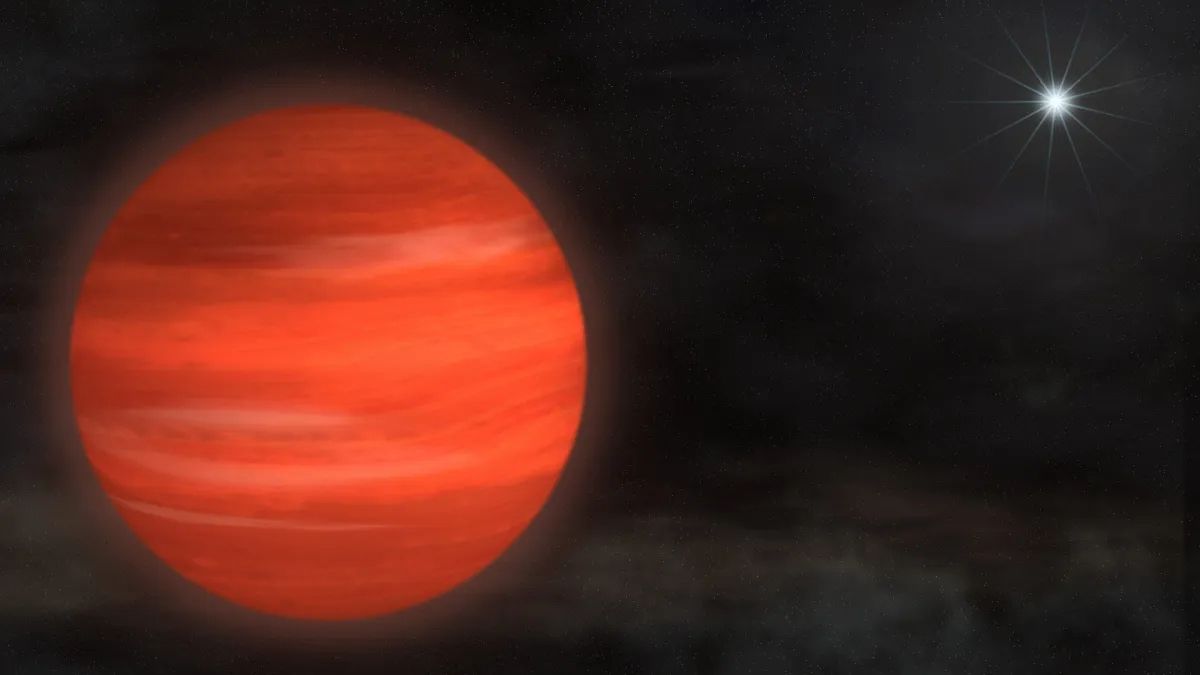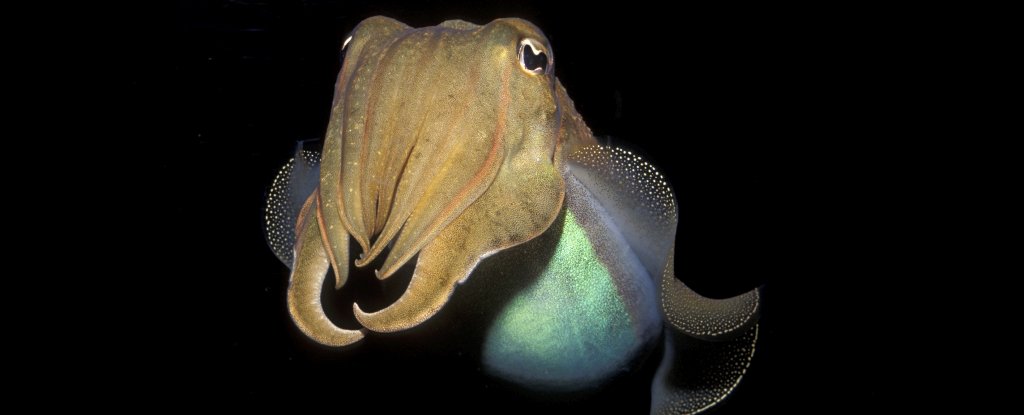Abstract
Polygala spatulata Y. Nong & Run Hua Jiang (sect. Pseudosemeiocardium, Polygalaceae), a new species from a karst cave in west Guangxi, China, is described and illustrated. This new species resembles Polygala isocarpa Chodat in its annual habit, terminal racemes, lamellate appendage, yellow flowers and glabrous seeds, but it can be easily distinguished by its sparsely white-pilose stem and leaf blades, spoon-shaped inner sepals, ovate outer sepals (ca. 1.5 mm) which is glandular and all persistent after anthesis, as well as its elliptic, reticulate seeds. Photographs, an illustration, a distribution map and a comparative table with the most similar species are also provided.
Key words: Karst cave, new species, Polygala, taxonomy

 |
| Polygala spatulata Y. Nong & Run Hua Jiang A, B habitat C racemes D flower E inner sepal F appendage G fruiting branch H capsule and outer sepal I capsule J seed (Photographed and edited by You Nong). |
Polygala spatulata Y.Nong & Run Hua Jiang, sp. nov.
Chinese name: “sháo è xiǎo biǎn dòu”(勺萼小扁豆)
Diagnosis: Polygala spatulata is most similar to P. isocarpa Chodat, but it can be easily distinguished by its stems sparsely white pilose (vs. glabrous), leaf blade oval or obovate, membranous, abaxially and adaxially sparsely white pilose, apex round or obtuse (vs. ovate or ovate-triangular, papery, both surfaces glabrous or only abaxially sparsely setose, apex acuminate), its inner sepals spoon-shaped (vs. oblong or ovate) and its outer sepals 3, ovate, ca. 1.5 mm, glandular, all persistent after anthesis (vs. outer sepals 3, broadly ovate, ca. 1 mm, glabrous, one persistent after anthesis).









Leave a Comment